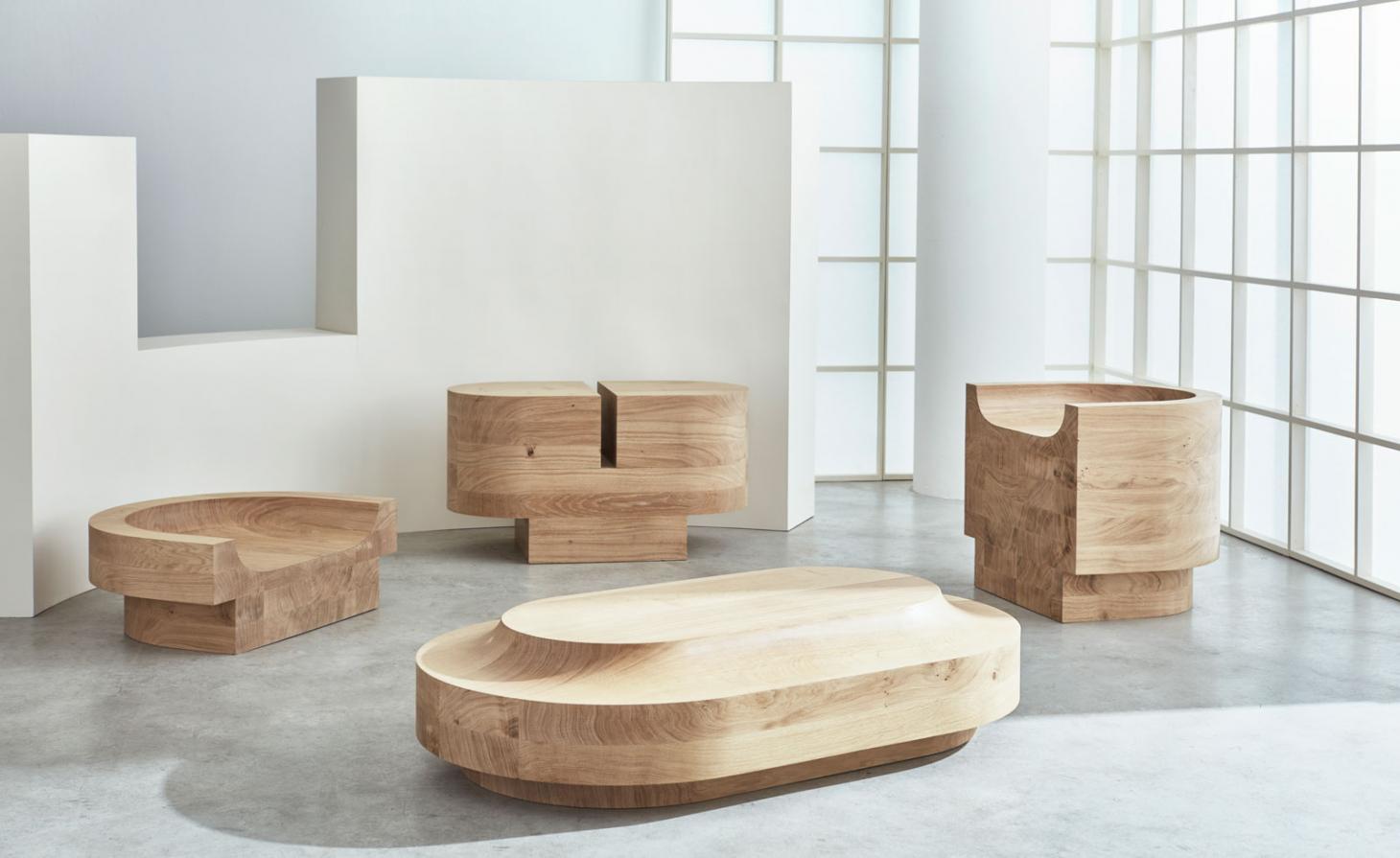The ‘Low Assortment’ by Benni Allan is roused by approaches to seating in various societies
Workmanship and configuration join in the new oak furniture assortment by London-based modeler, creator and producer Benni Allan. The new ‘Low Assortment’, on show at London’s Béton Brut display (until 8 July 2022), thinks about the various approaches to sitting in societies all over the planet.
‘”Low Assortment” is a new contemplation on sitting and our association with the ground,’ says Béton Brut chief Sophie Pearce. ‘Benni Allan is additionally the craftsman to watch. Such works in wood haven’t energized me since Axel Einar Hjorth’s “Utö” stool from 1932 or Lina Bo Bardi’s side seat for the middle SESC Pompéia from 1980.’
wood rocker
‘Low Seat’ by Benni Allan for Béton Brut
Allan plays with extents in the sculptural types of economically obtained strong oak. Arranged low to the floor, their tenderly bended structures cast arousing outlines. Plans, enveloping seats, tables for two and easy chairs, set out open doors to rest and connect, offering a safe-haven whether alone or in a couple.
The curvilinear plan of the furnishings, which goes on motivation from Allan’s new outings to Japan as well as his time spent living in China and southern Spain, is praised in strikingly defined boundaries, with the actual wood becoming the overwhelming focus in the pieces, which are cross-sliced to feature the top notch of the end-grain. Made utilizing a blend of both customary and current craftsmanship, each piece is hand-wrapped up by Allan.
Low Assortment oak furniture
‘Seat for Two’ by Benni Allan for Béton Brut
It is the most recent work for Allan, who investigates projects at the convergence of engineering and the visual expressions in his building practice EBBA. A distraction with items and spaces is communicated through topics like materiality and extent. This, Allan’s most memorable full assortment of furniture, is accessible to see solely at Béton Brut.
The London display, work in both uncommon, engineer drove furniture and lighting from Europe and Japan, epitomizes Pearce’s advantage in the two pieces dating from the last 100 years and a particular, sculptural tasteful. §
